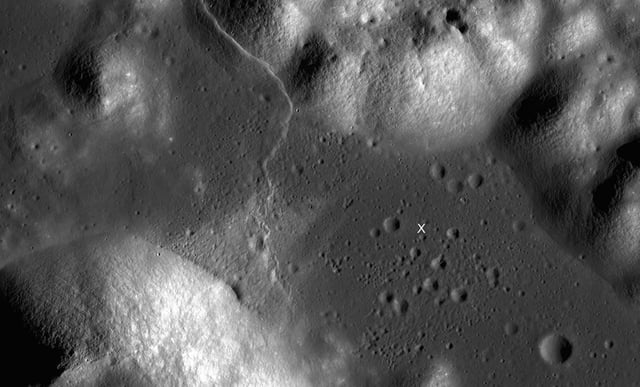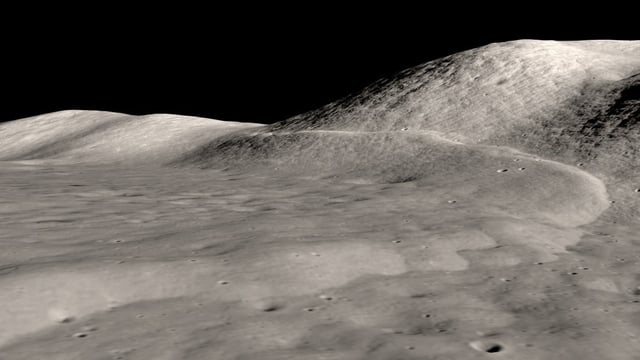Overview
- A Science Advances paper combining Apollo 17 rock samples and surface observations in the Taurus-Littrow valley finds seismic activity over the past 90 million years and infers thousands of young thrust faults across the Moon.
- Long-duration habitats face roughly a 1-in-5,500 chance of experiencing a hazardous moonquake over a decade, making permanent outposts far more vulnerable than short stays.
- Moonquakes originate chiefly from Earth’s tidal pull and the Moon’s ongoing cooling and contraction, which create scarps and faults capable of triggering magnitude-3 tremors that can last for hours.
- Critical infrastructure proposals, including planned nuclear power plants by the U.S., Russia and China, could be especially susceptible to quake damage and will require engineered safety margins.
- NASA plans to deploy new seismometers on the lunar far side and include a seismic monitoring payload on Artemis III to re-establish and modernize the Moon’s seismic network for real-time hazard assessment.

